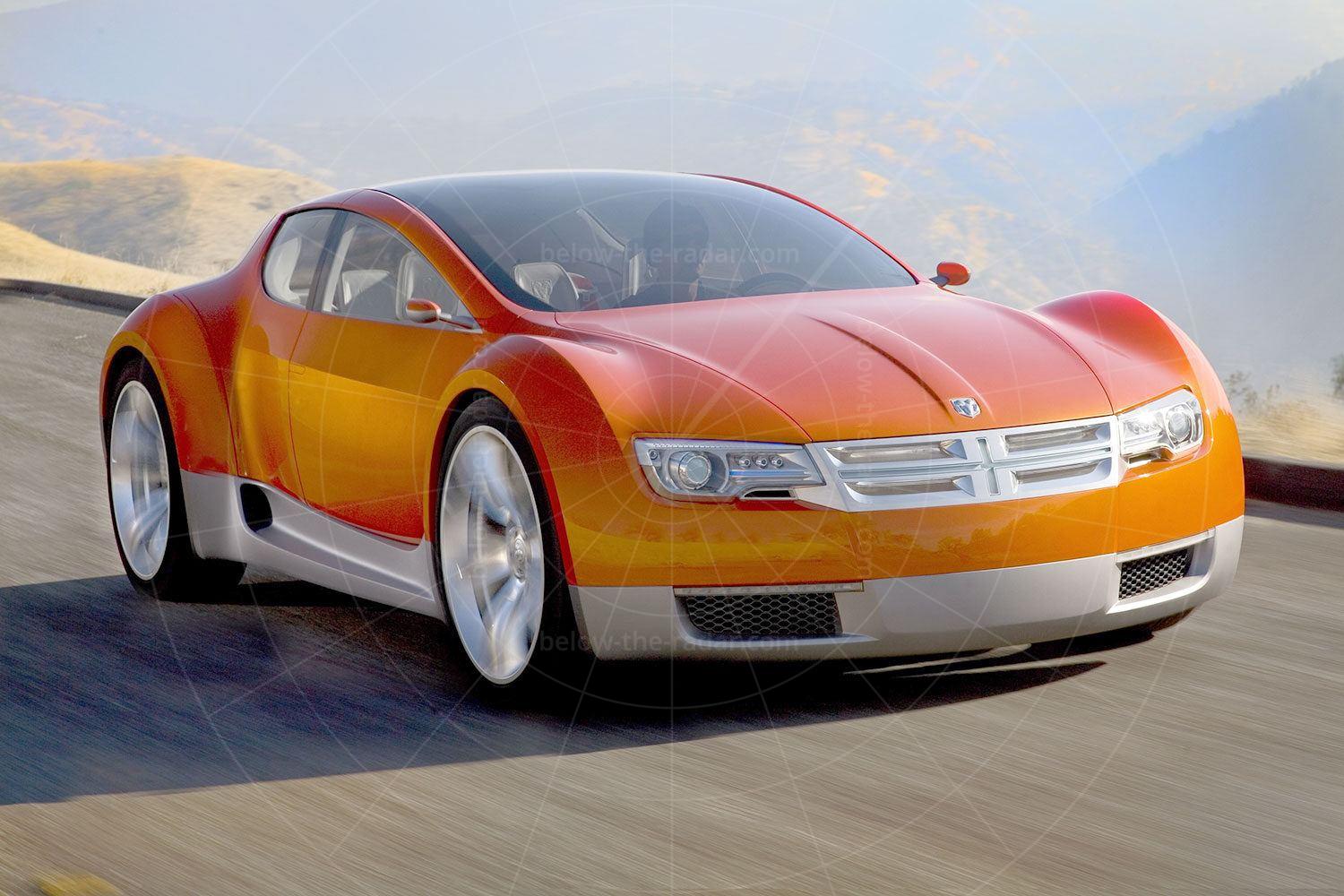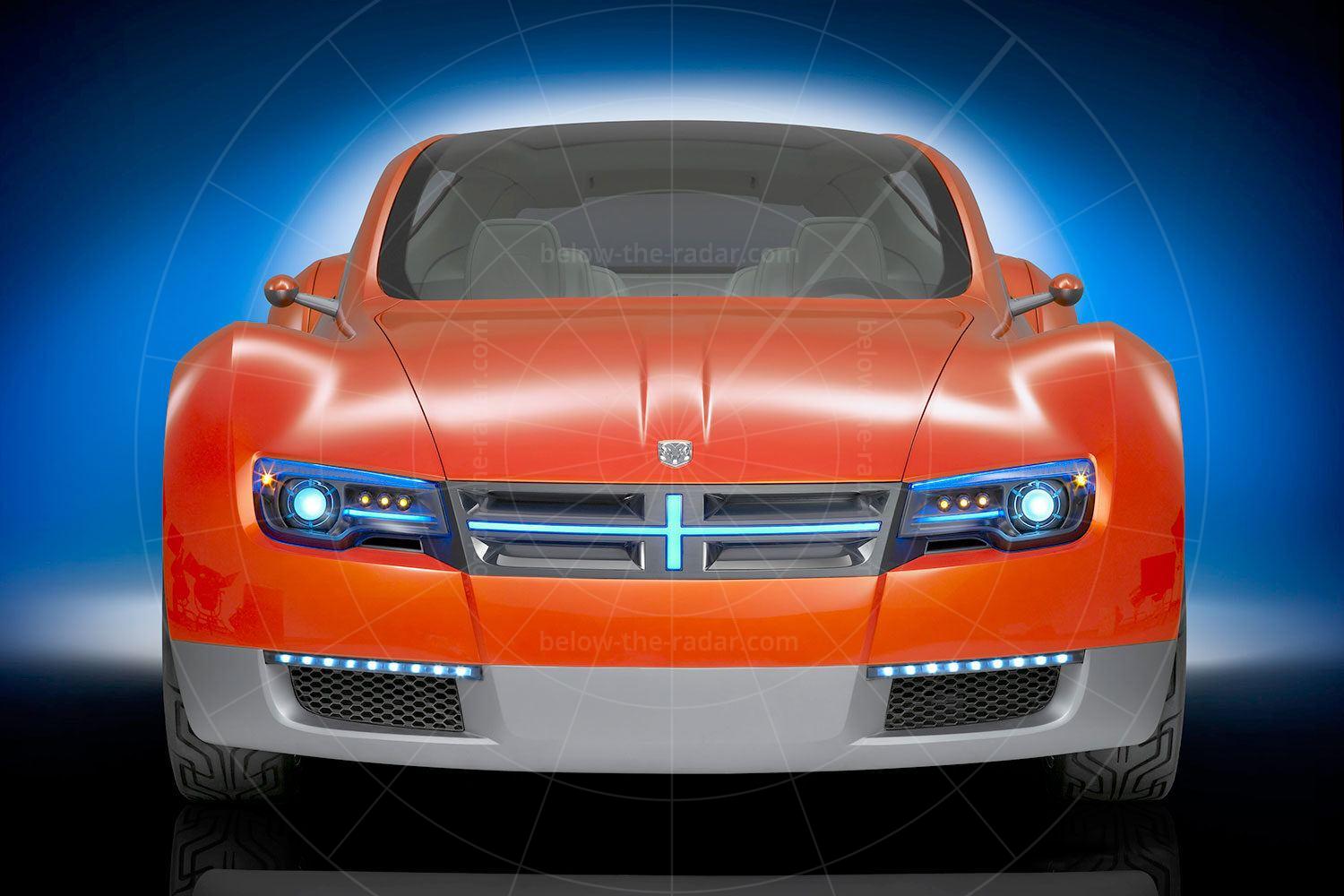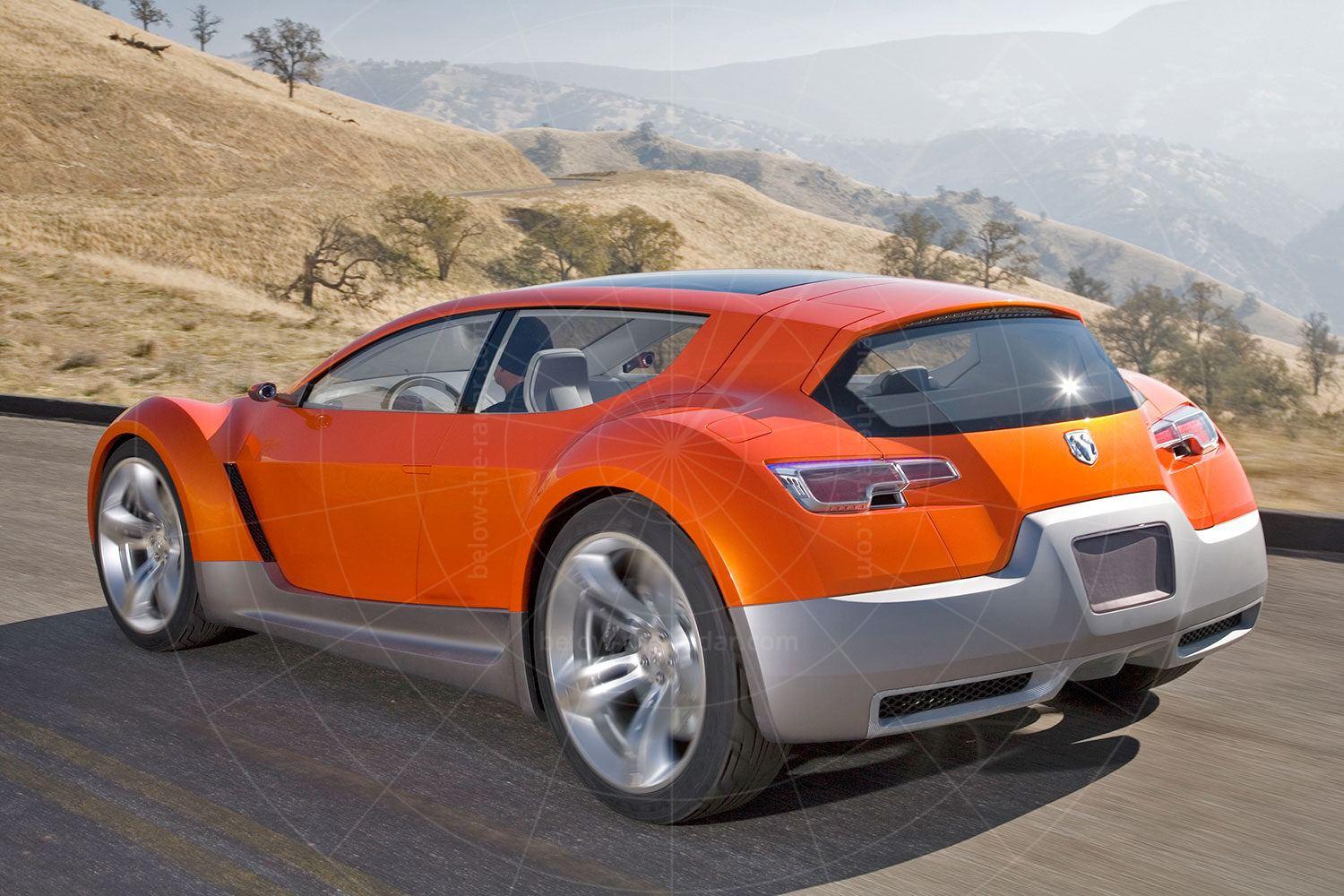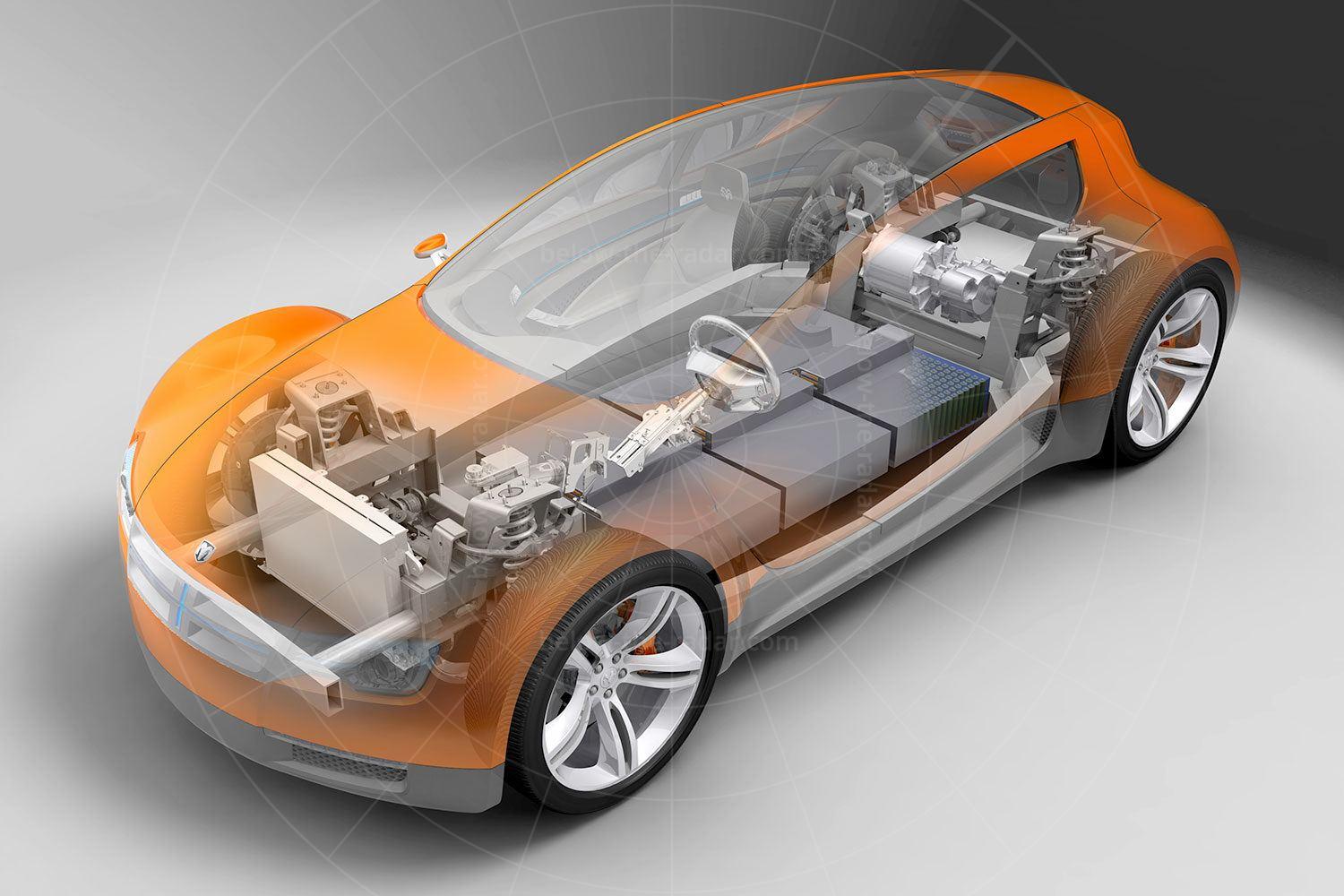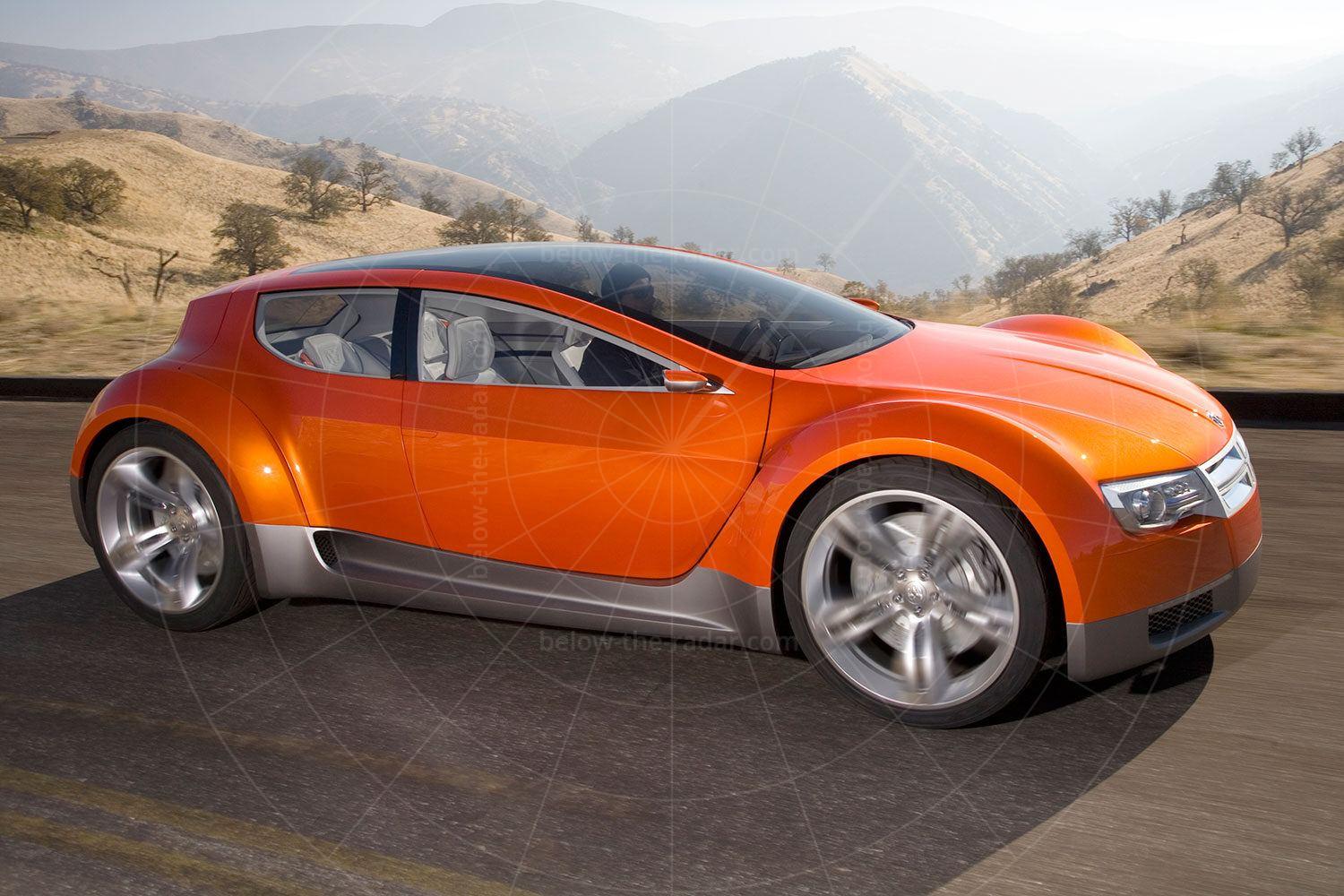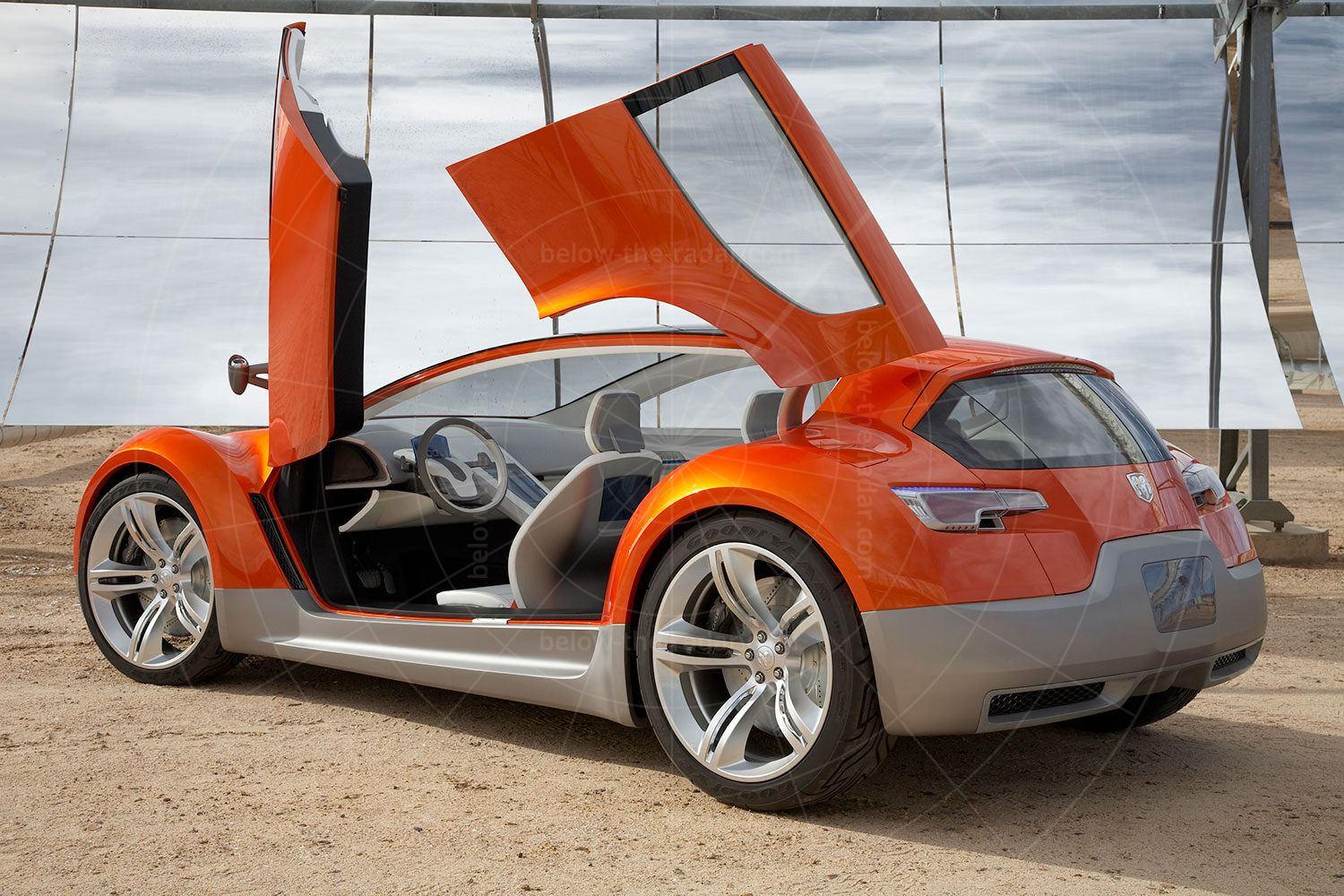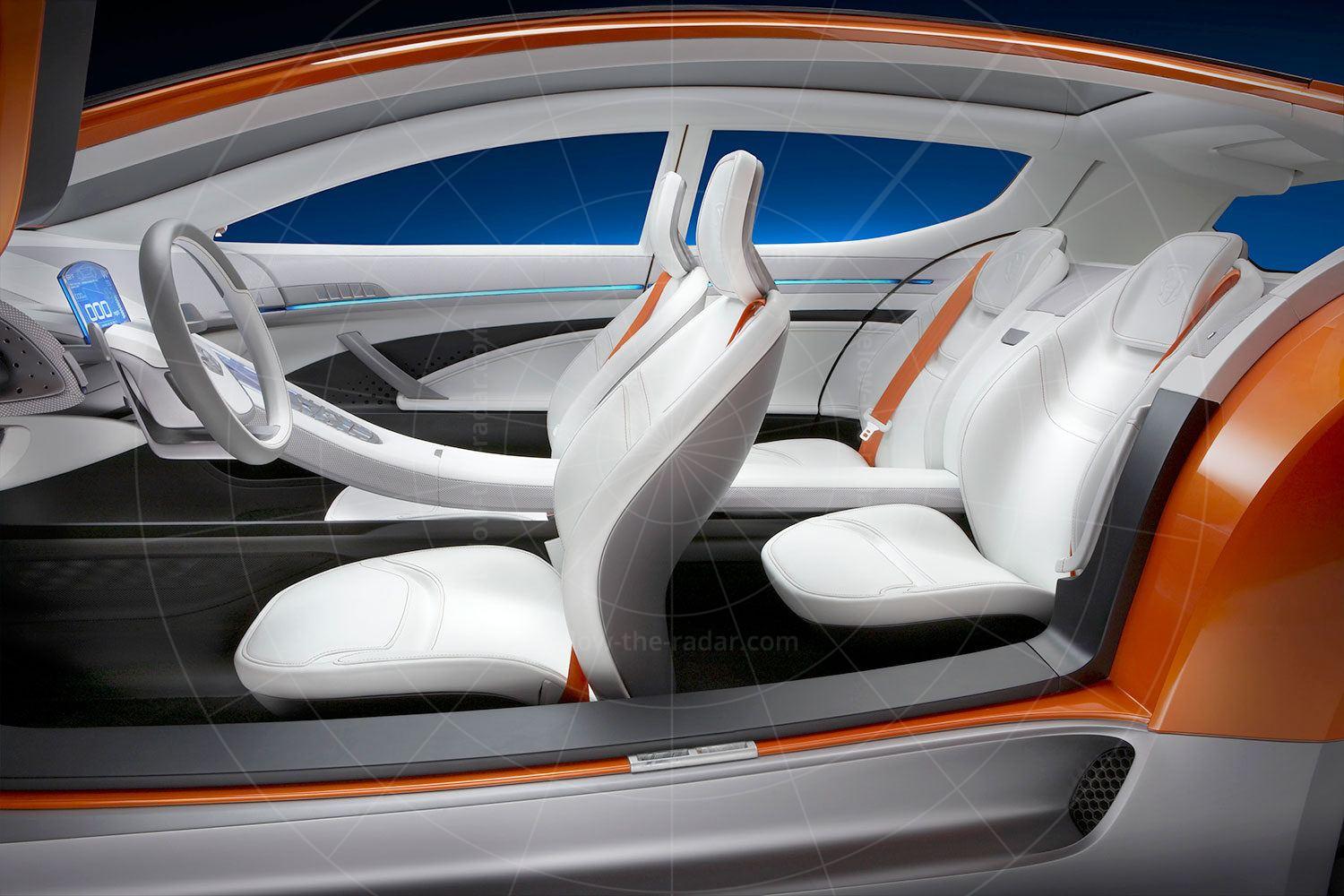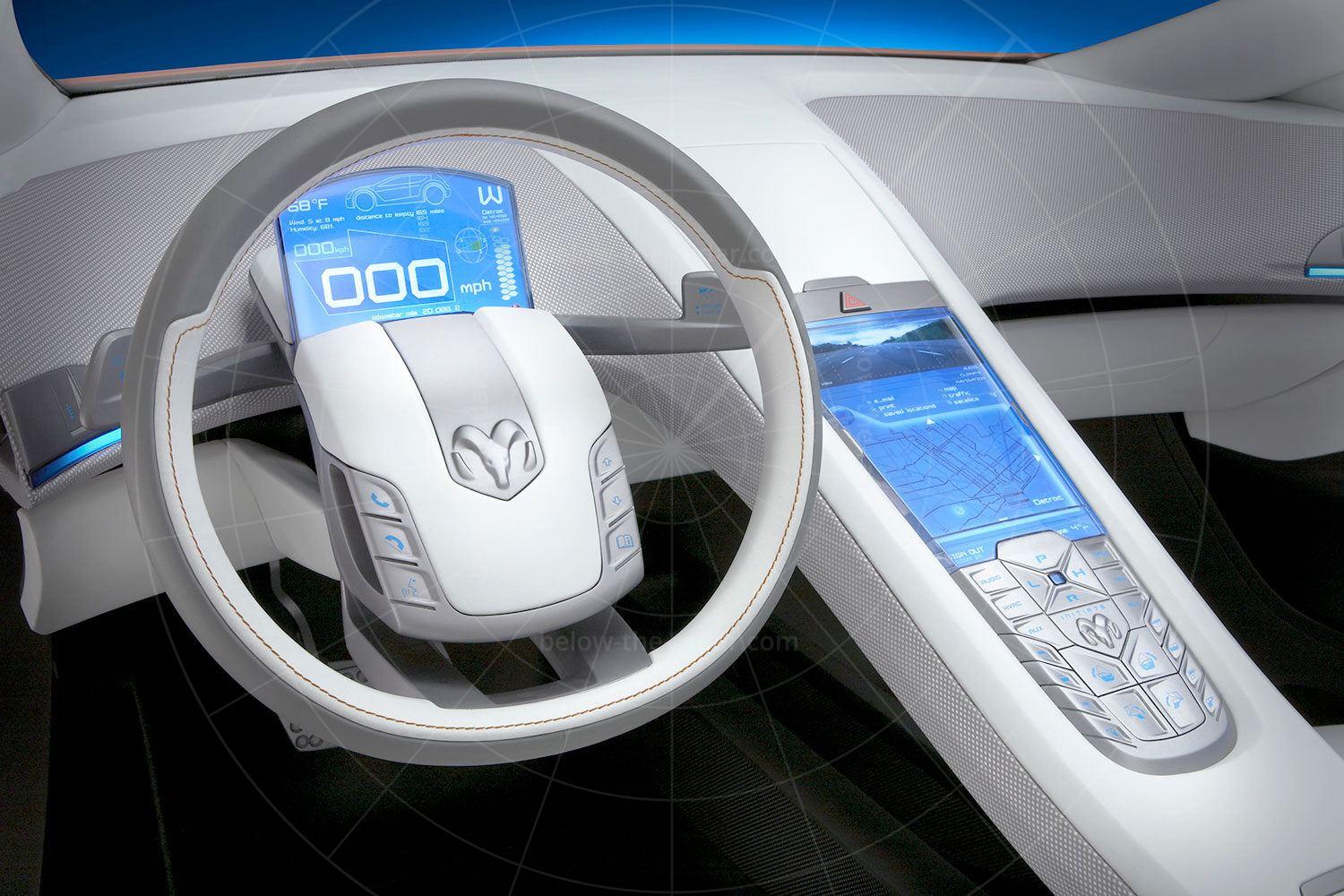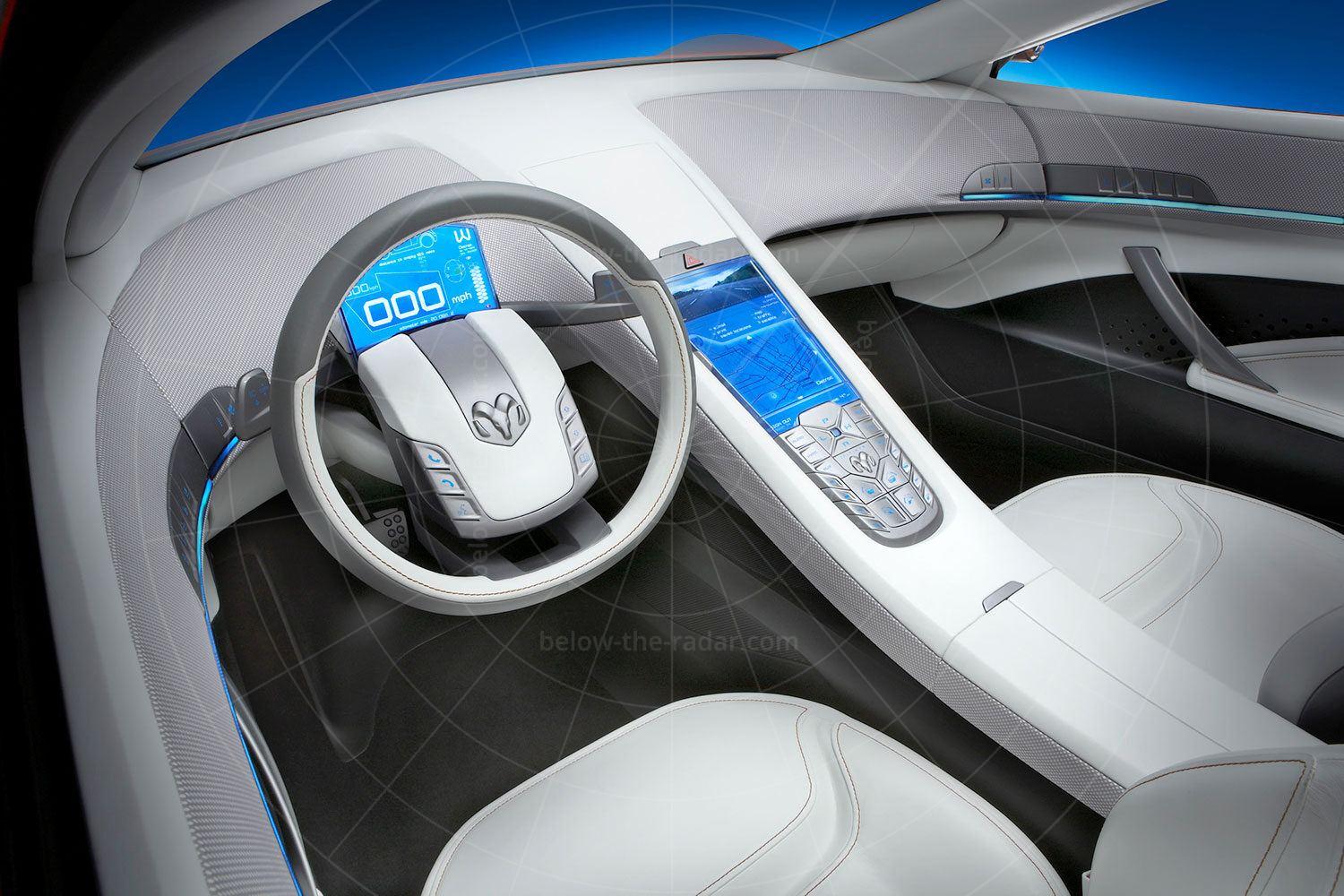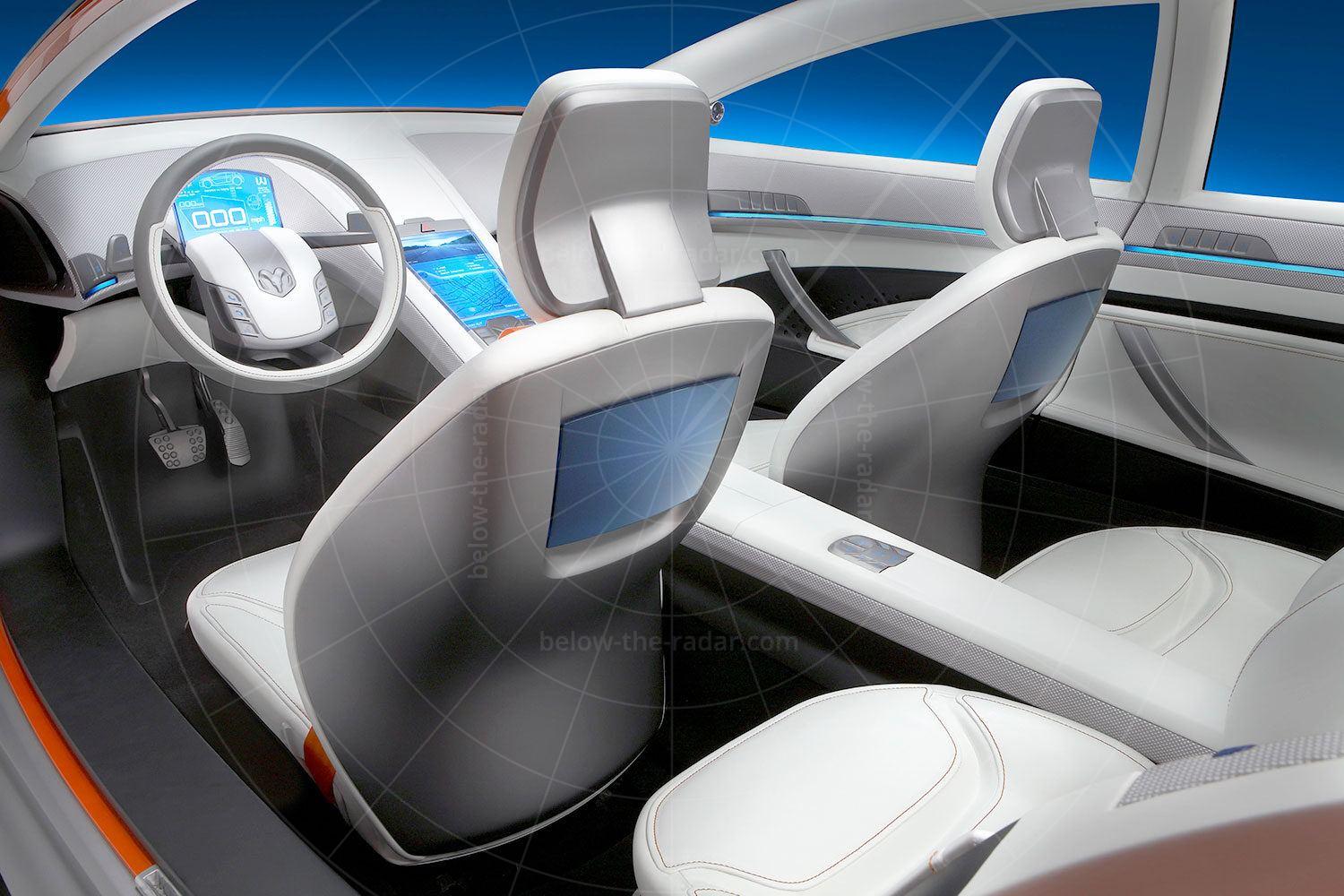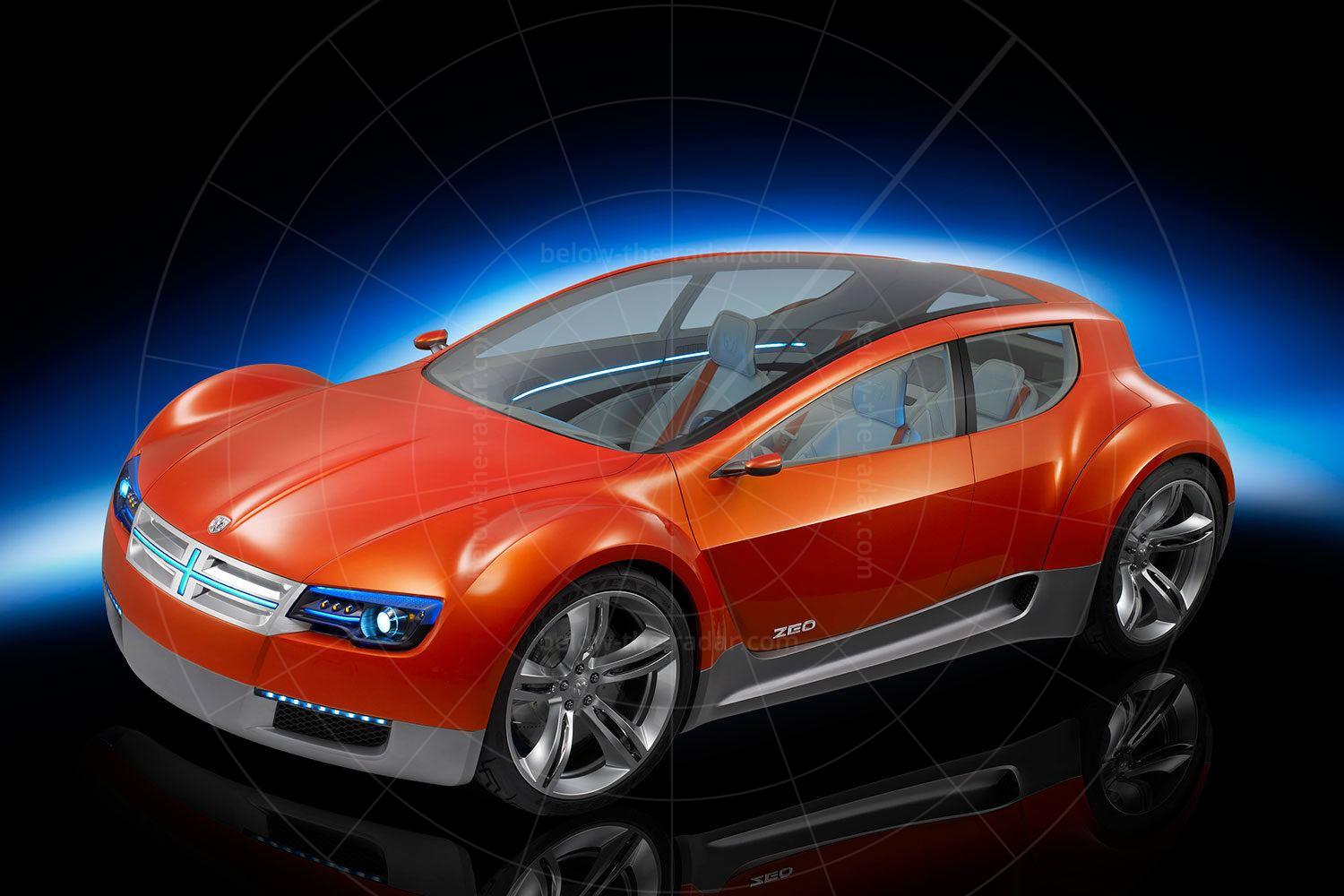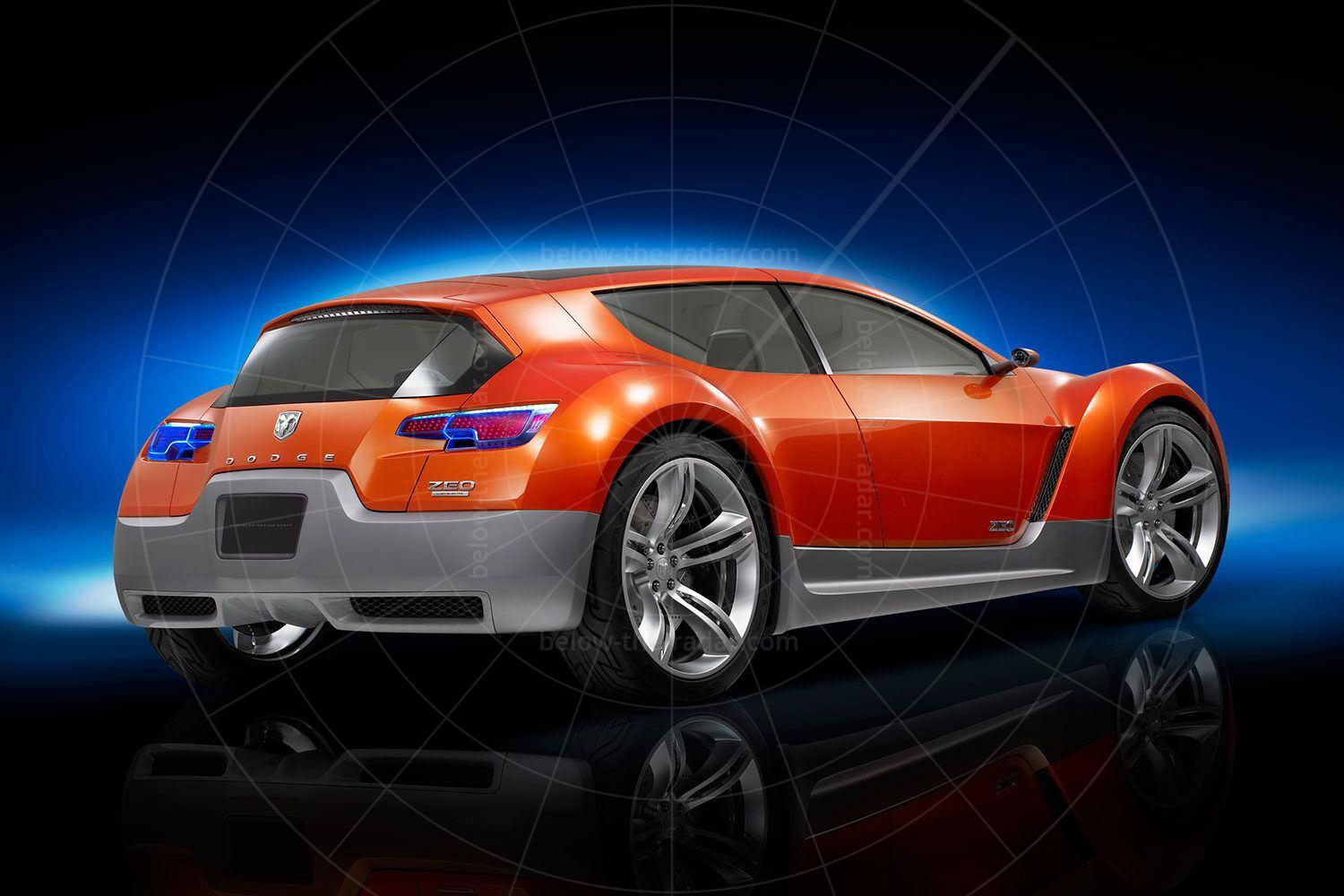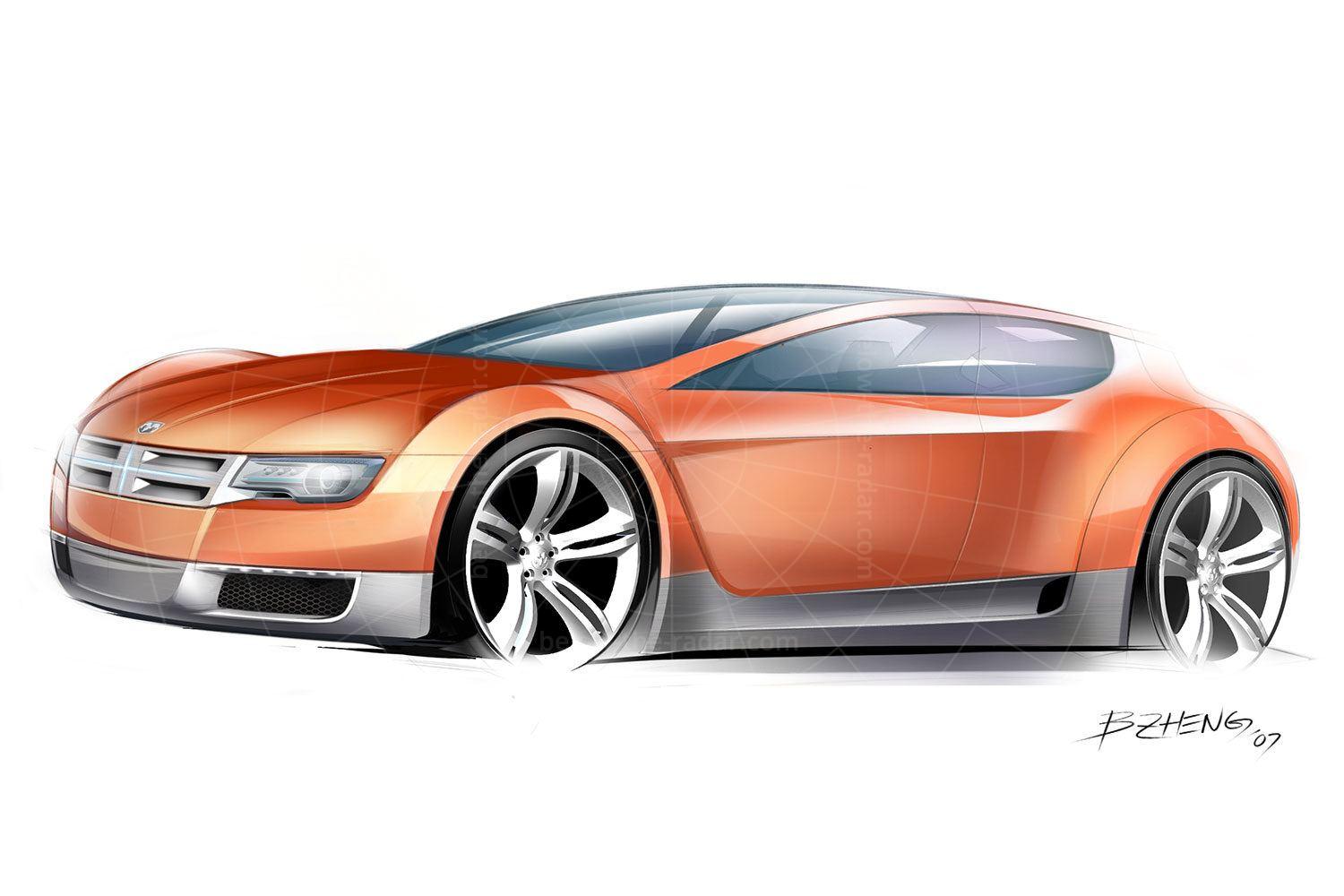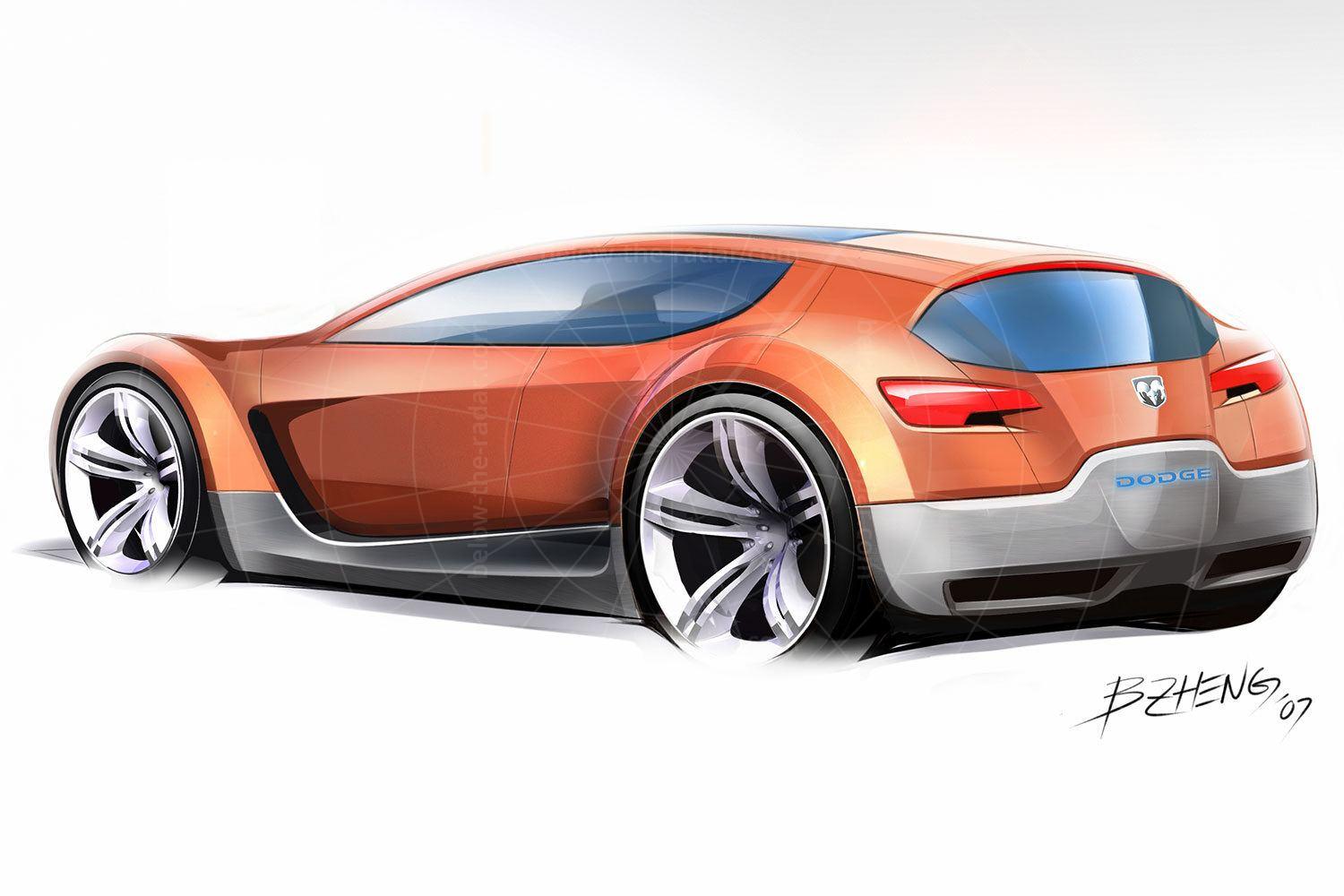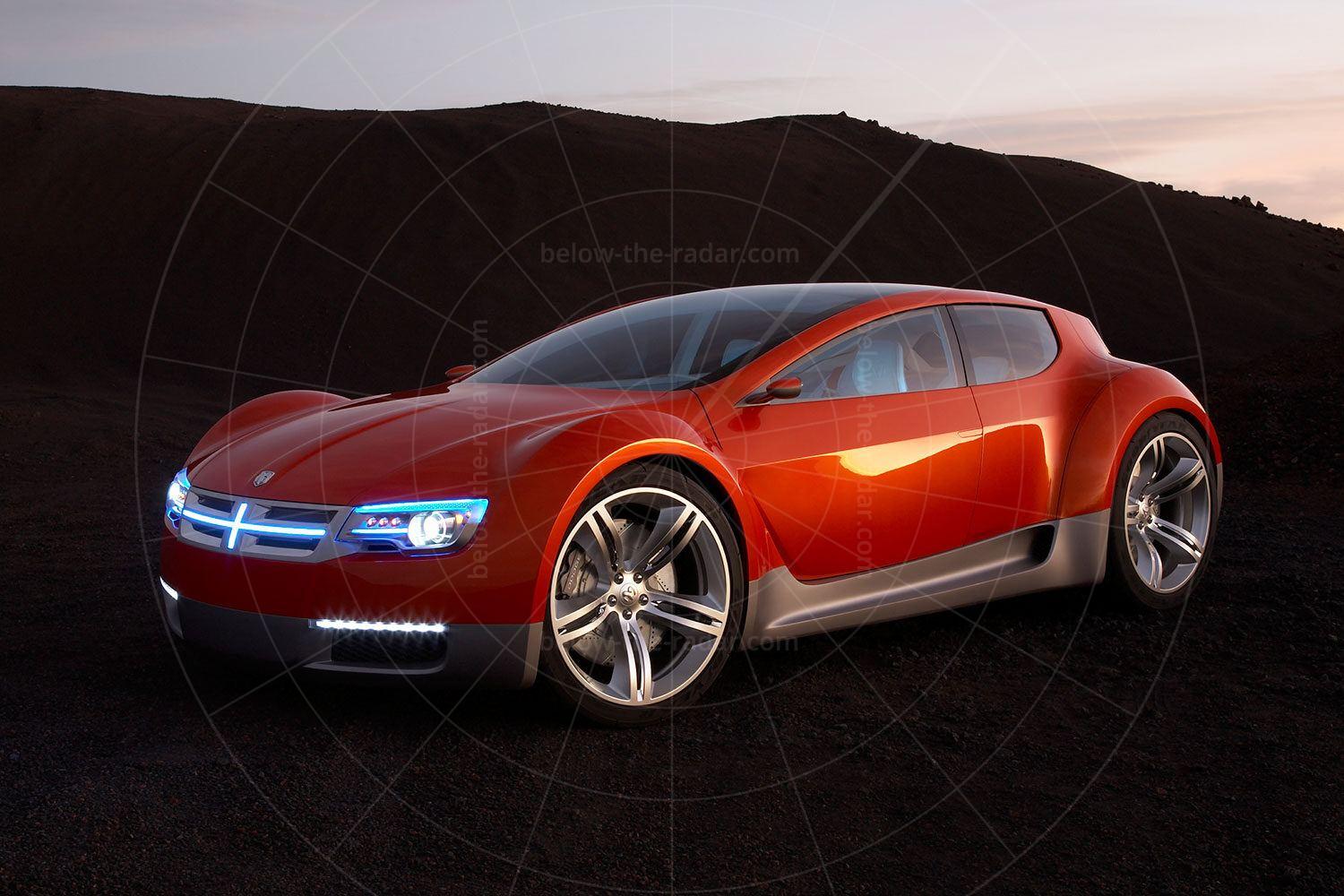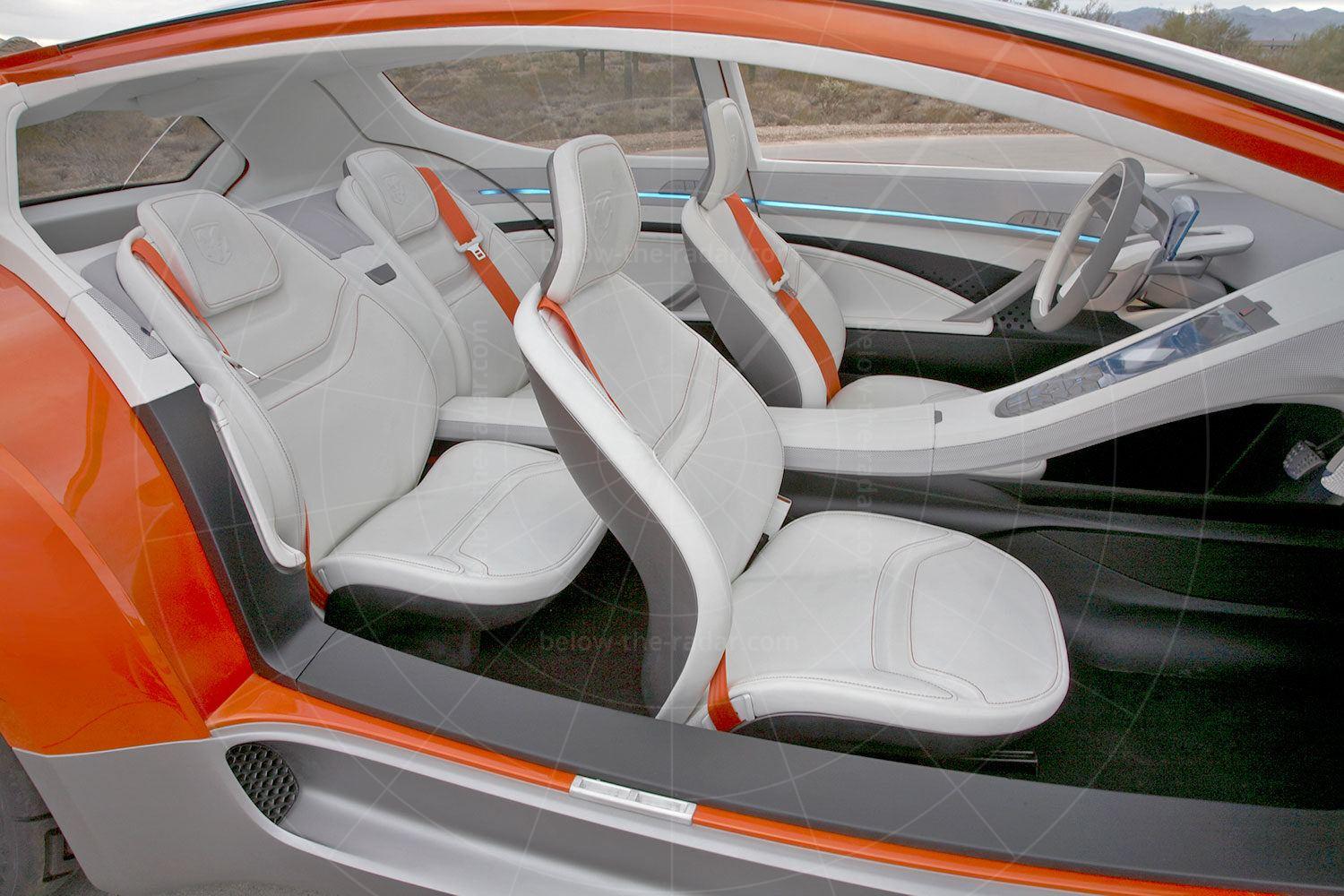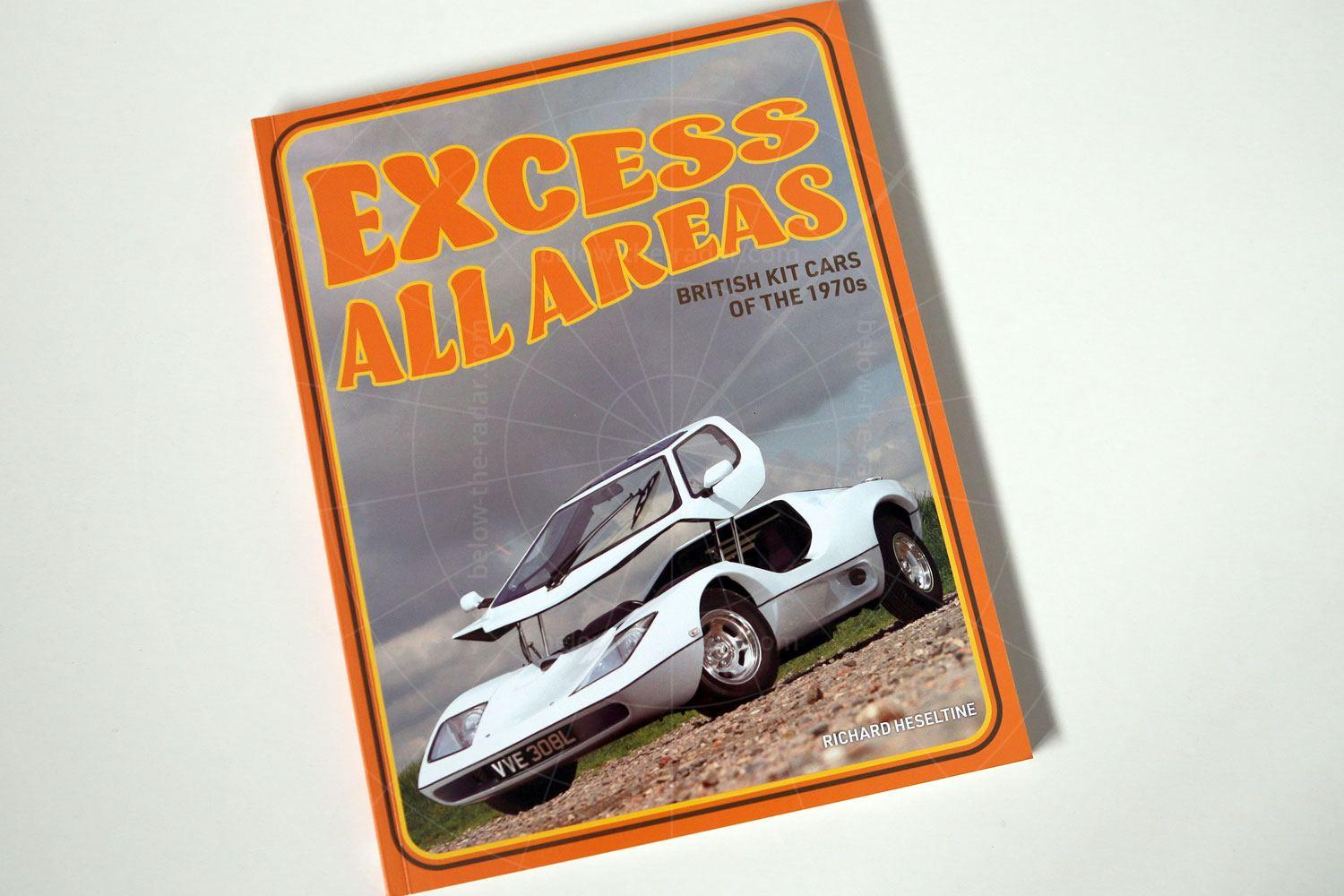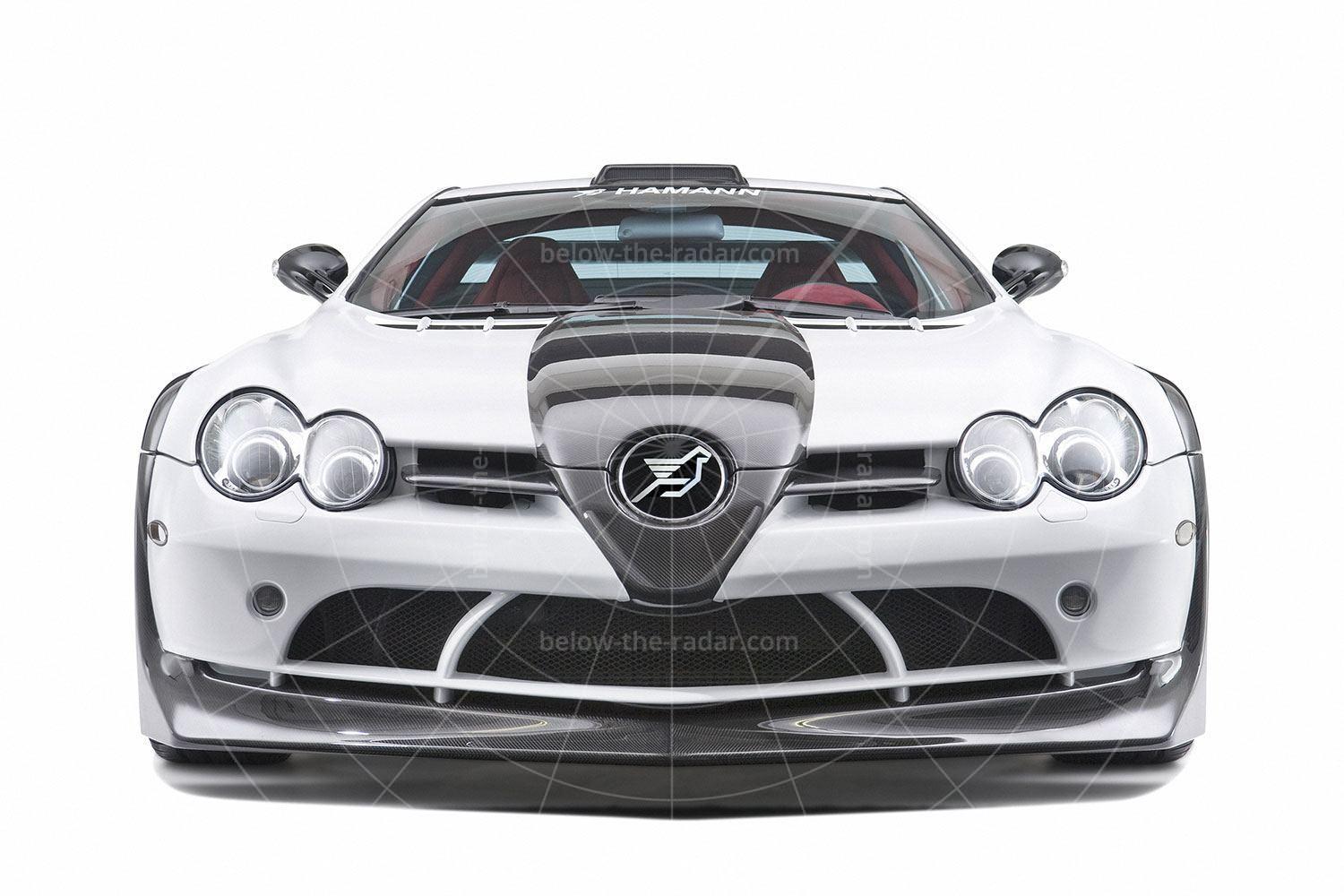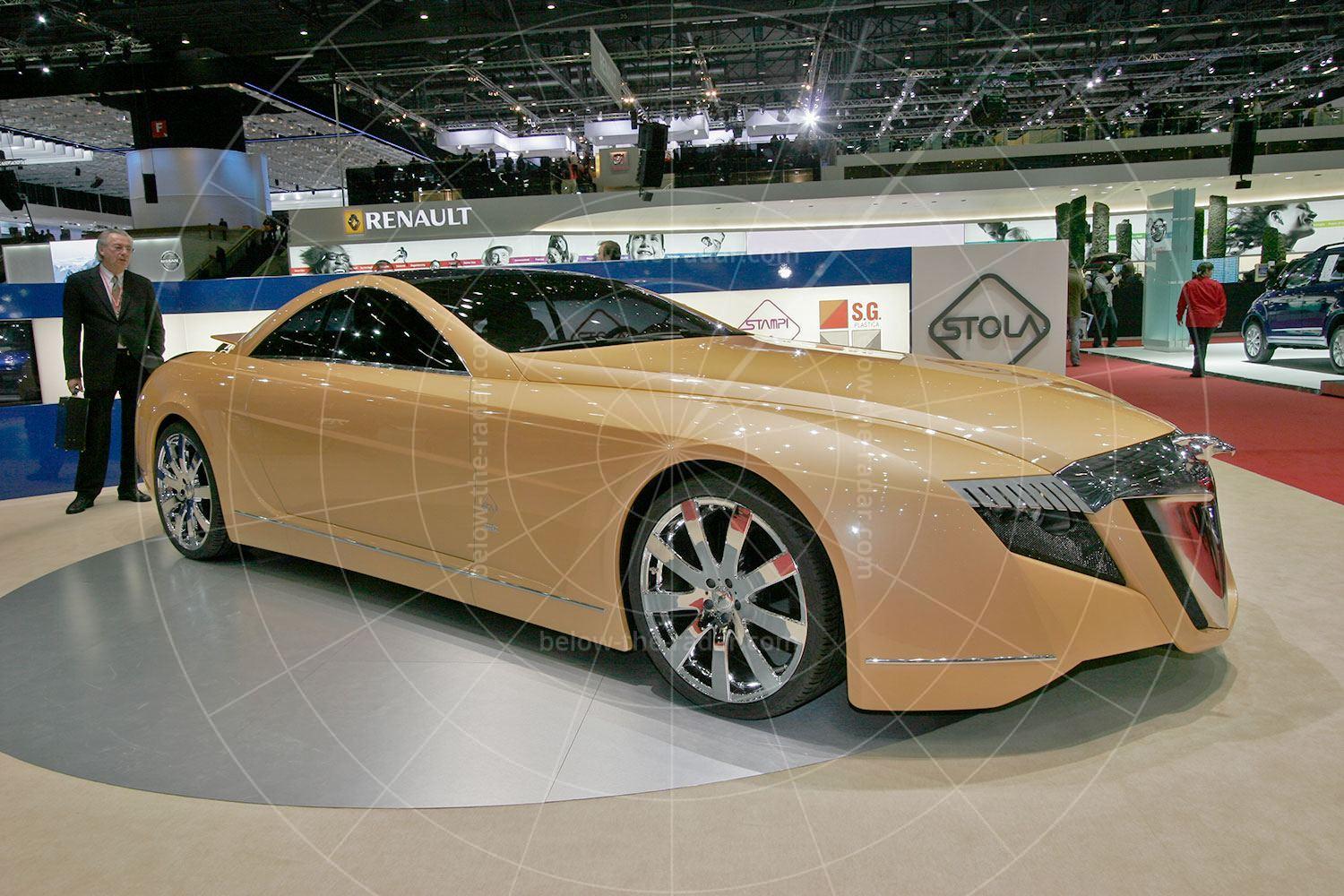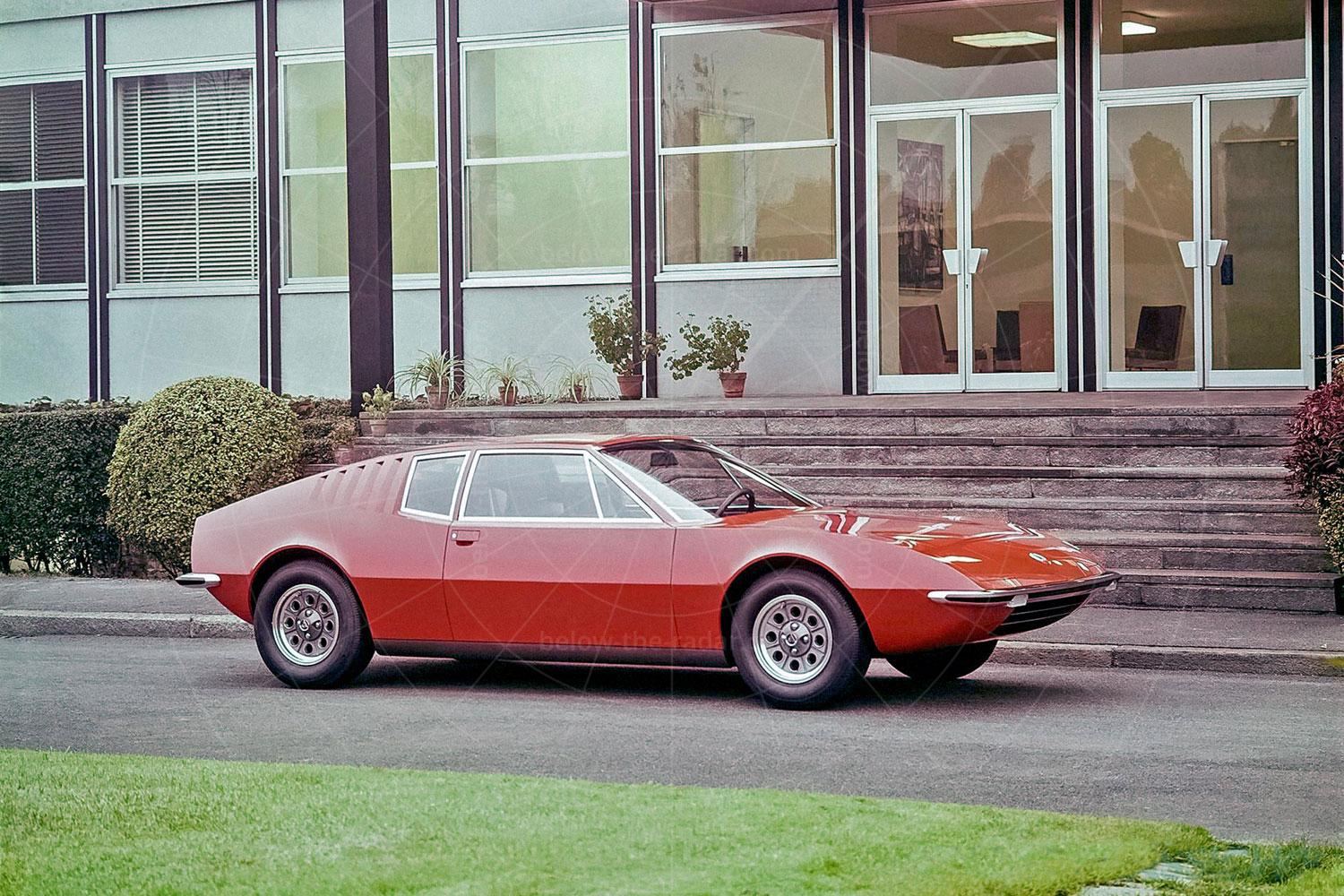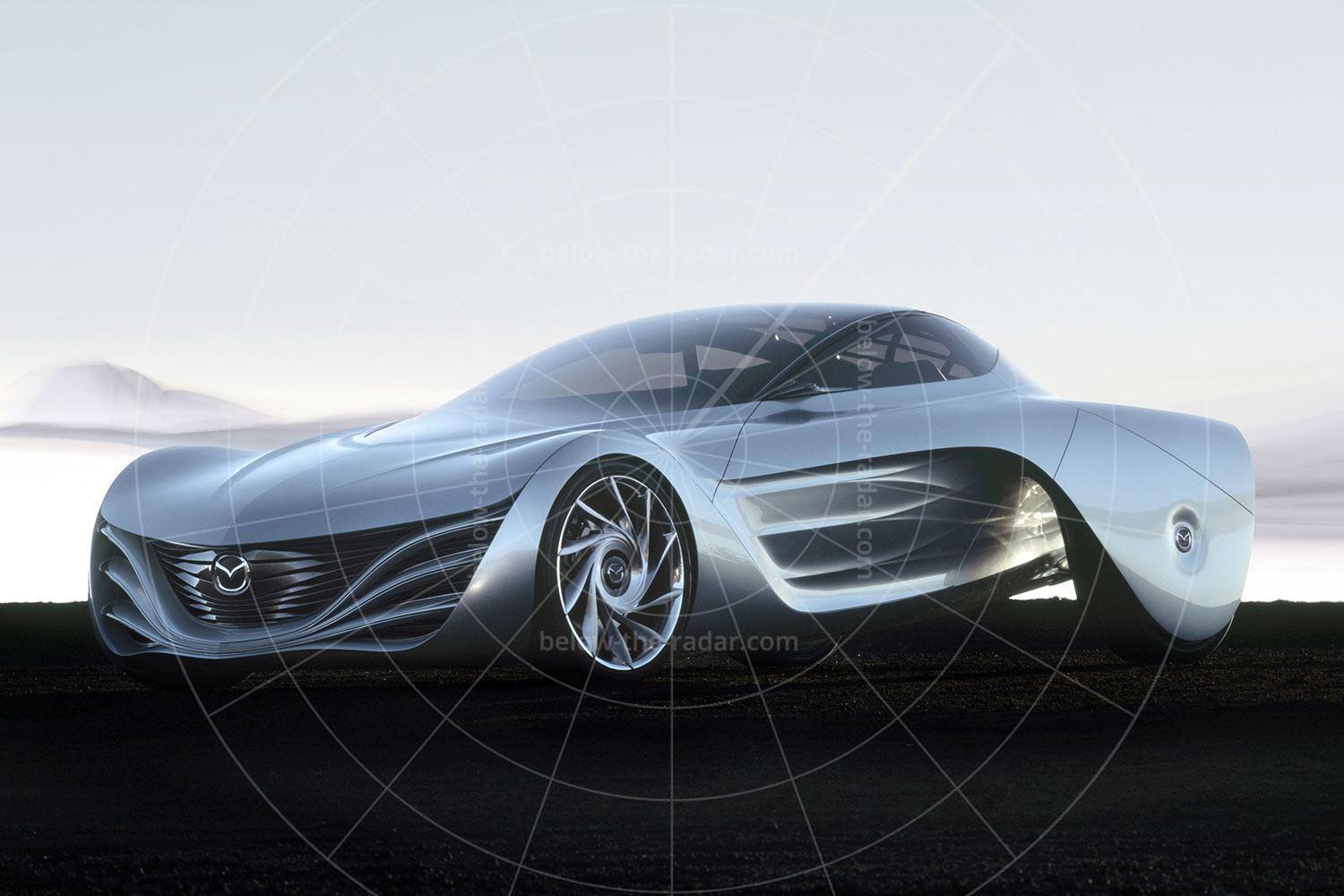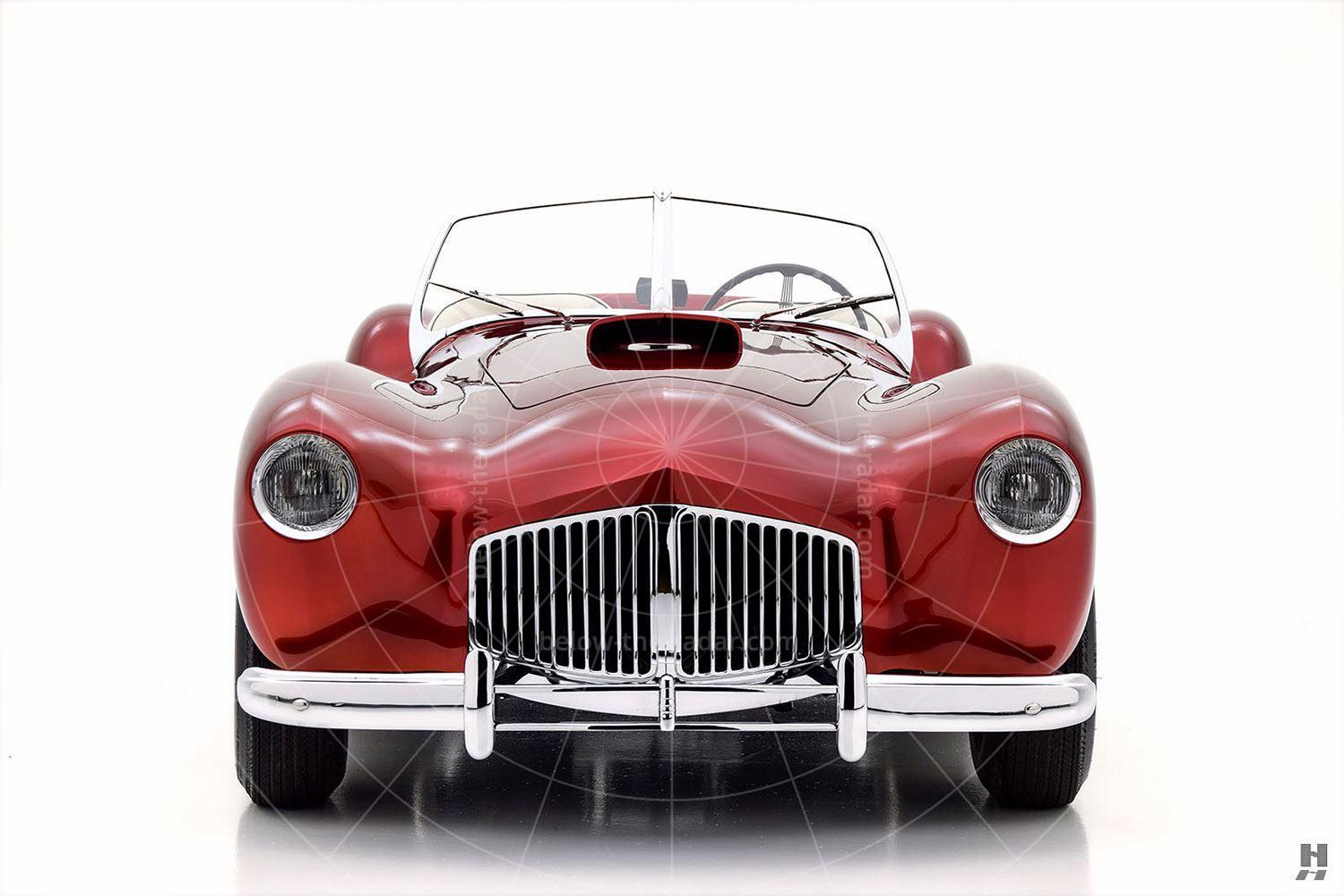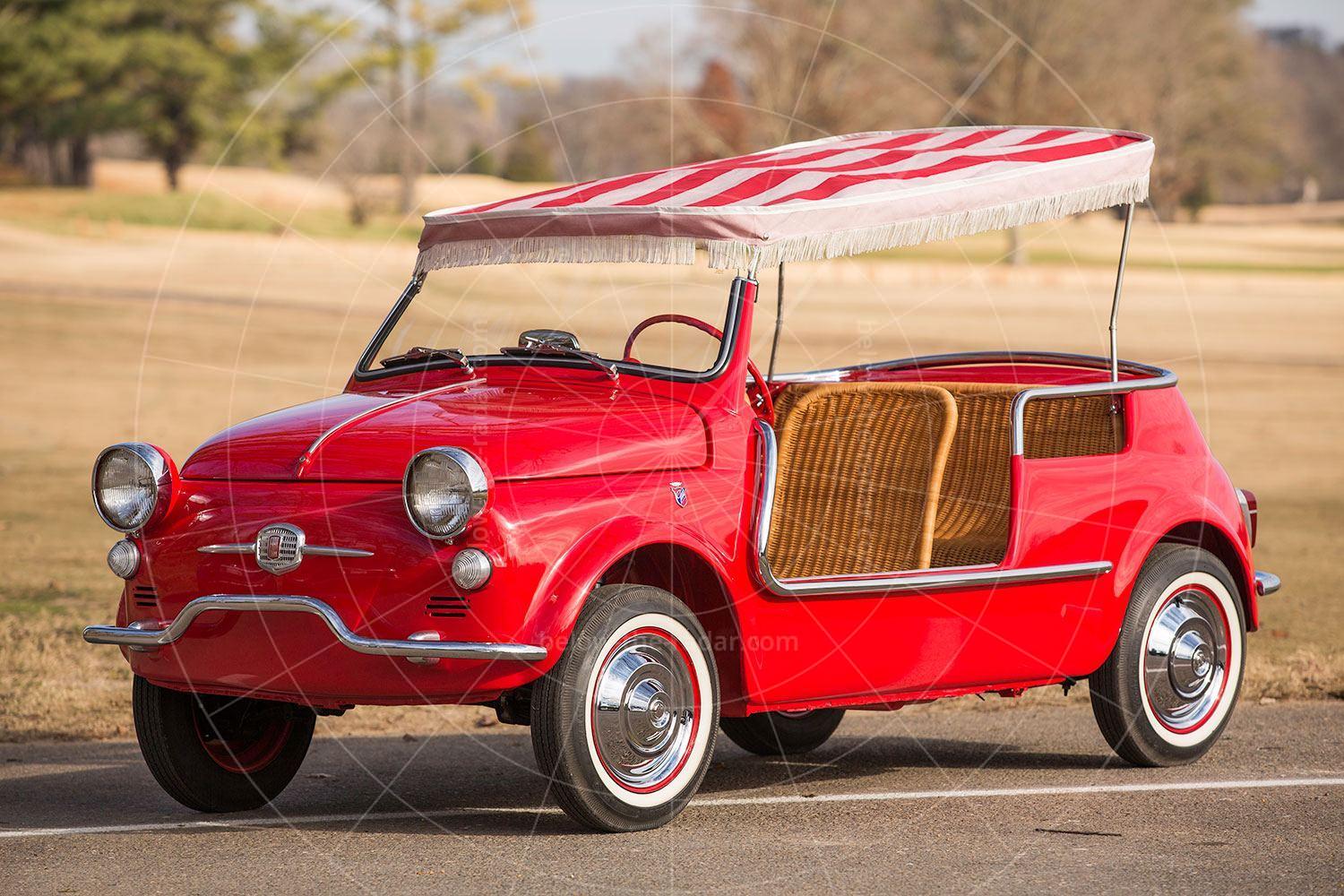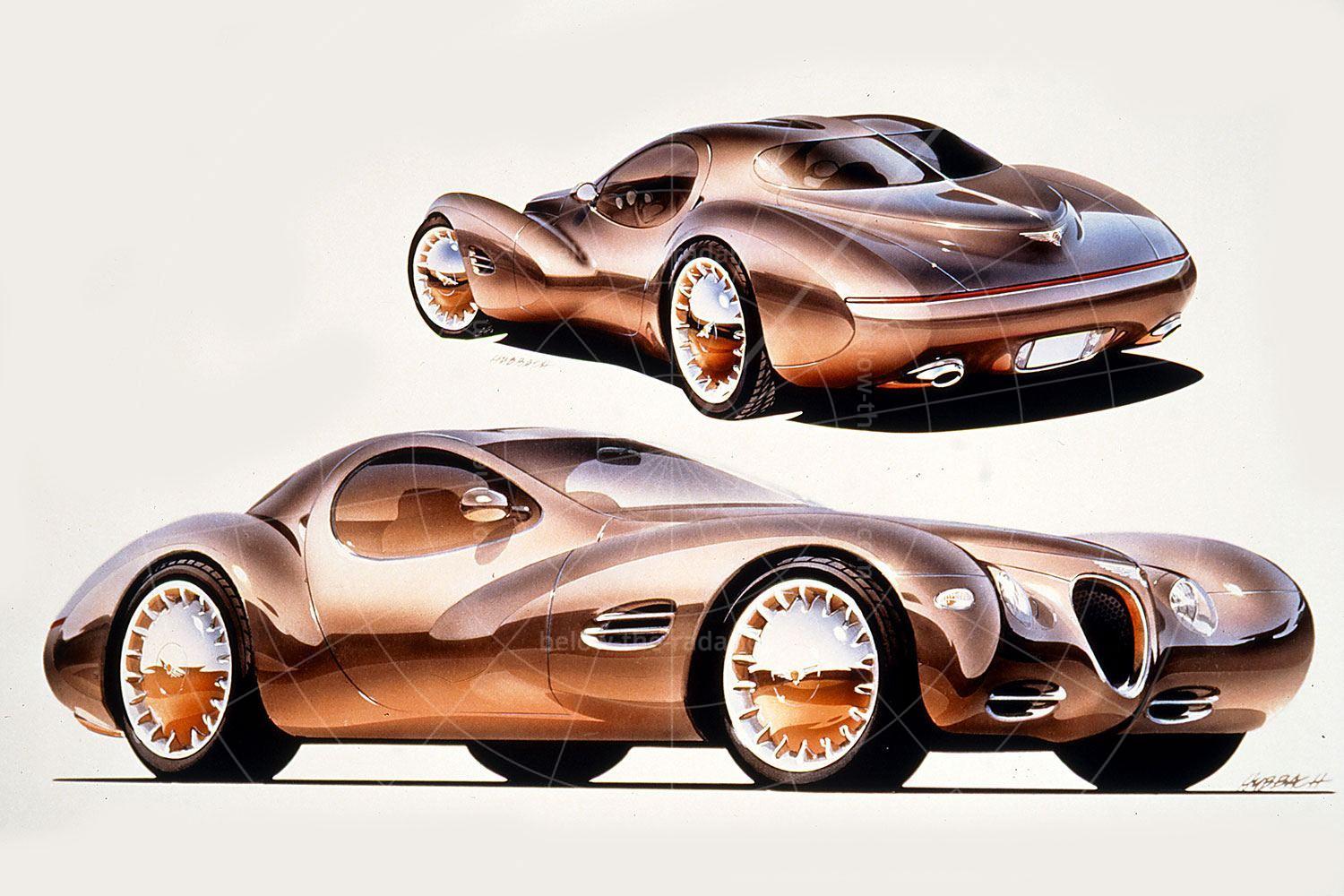Dodge didn’t know it, but when its Zeo concept was unveiled at the 2008 Detroit motor show, the company was about to go to Hell and back. That’s because while the Zeo, or Zero Emissions Operation concept was bristling with social conscience, it was a case of too little, too late. Within months Dodge, part of the massive Chrysler group, would be declared bakrupt. However, the company would receive government protection along with billions of dollars’ worth of loans, which would enable it to rebuild itself before finally being sold to the Fiat Group.
Until this point Dodge had been about XXL SUVs, unashamed muscle cars and oversized pick-ups; you’d search in vain for anything within its range that was truly energy efficient. But as the era of cheap fuel came to an end and a global recession struck, car buyers around the world switched to smaller, cheaper cars that put fuel efficiency first. So while Dodge was unveiling the ultra-efficient Zeo, its factories were still busy churning out massive, thirsty trucks and saloons. Vehicles that a decreasing number of buyers wanted – or could afford.
The Zeo aimed to show that Dodge could be environmentally aware though – and most crucially, it was built to demonstrate that being green didn’t have to mean being dull. Here was a car that looked sensational and was capable of accelerating at a breakneck pace, yet it could be run on renewable energies such as solar or wind power. But all this wasn’t at the expense of practicality, as there was seating for four – even if those in the back were ideally amputees under five years old. It showed at least that Dodge was making an effort to embrace the concept of efficiency – something it had never really had to bother with before. Welcome to the new world order.
The use of pure electric power for the Zeo meant there was no internal combustion engine of any kind. Bear in mind that there was no mainstream electric car available in the US at this point, and only conversions in Europe, and you get a sense of the magnitude of Dodge’s task in convincing buyers that the Zeo might be a viable proposition as everyday transport.
In a bid to make the Zeo as viable as possible there were lithium-ion batteries that gave a claimed range of at least 250 miles. Such figures are invariably hopelessly over-optimistic though, and especially so if owners regularly used the available performance; this was a car that was capable of beating Dodge’s regular performance saloons on the drag strip. Use all the available performance and the Zeo could be accelerated from a standing start to 62mph in just 5.8 seconds; the sort of pace that would normally take a large-capacity petrol V8 to achieve.
Because there was no internal combustion engine on board to top up the batteries, they had to be recharged using a mains socket. However, part of the technology package fitted included regenerative braking, so every time the car was slowed the 64 kilowatt-hour battery pack would be topped up – but there was still little chance of anyone managing to squeeze 250 miles out of the Zeo, unless it was driven downhill for 150 of them…
A four-seater electric car might sound like a recipe for boredom on wheels, but that didn’t stop Dodge from creating an eco-mobile that looked nothing less than sensational. Perhaps its background of building profligate supercars helped here. Whatever it was, the Zeo didn’t look like a tree hugger’s dream on wheels.
The retina-frying orange paintwork made sure that nobody missed the Zeo, its heavily contoured bodywork helping to increase visibility too. The A-pillars consisted of a single gentle curve from the base of the windscreen right to the back of the car, with the windscreen doing exactly the same; it started out as a windscreen but became a glass roof, in one continuous sweep. And just like all concepts worth a second glance, the doors featured a scissor action; after all, why keep things simple when you can maximise the drama?
Just in case there was a chance of anybody not noticing the Zeo, despite all these design devices, it was fitted with 23-inch alloy wheels, pushed right out to the corners to maximise interior space. That interior was just as inviting as the exterior, thanks to the use of high-quality materials, plus a full-length sunroof that really opened things up. There was ample space for two up front, but those in the rear were going to find things tight – hence the 2+2 billing.
| Vital statistics | |
|---|---|
| Debut | Detroit 2008 |
| Exterior designer | Bill Zheng |
| Engine | Rear-mounted 200kW electric motor with regenerative braking |
| Transmission | Automatic gearbox, rear-wheel drive |
| Power | 272bhp |
| Top speed | 130mph |
| 0-60mph | 5.7 seconds |

